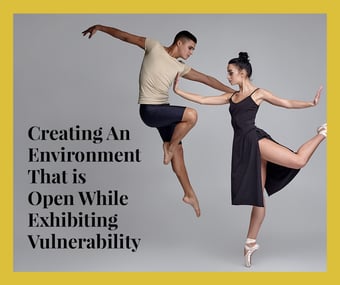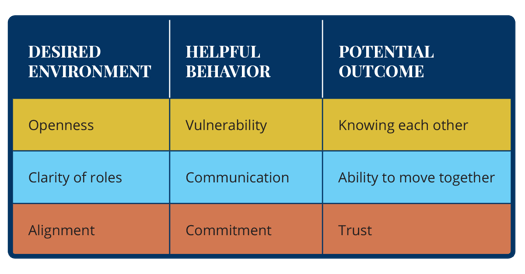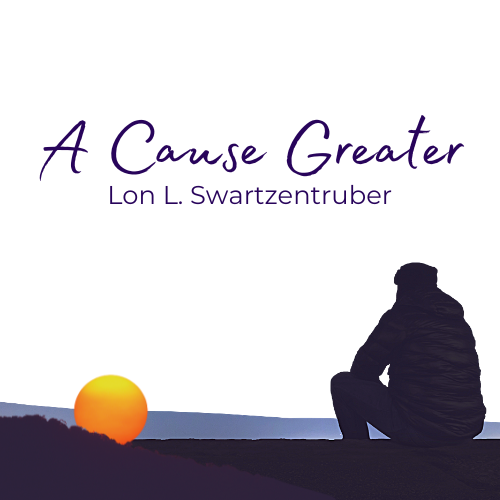
Last month, we discussed a new framework for thinking about board governance, we called it pas de deux, pronounced pɑ d(ə) dø, and translated as the dance of two.
The field of board governance and the writing that surrounds it is complex and can be difficult to understand, let alone implement. We need a simpler approach that is easier to grasp.
Taken from the world of ballet, the dance of two is a way of thinking about the relationship between the board of directors and its chief executive. Imagine two dancers moving together on the dance floor. They are in sync, their strengths complement one another, and together, they create something greater than they would dancing alone.
Over the years, I’ve noticed three environments and three behaviors that can help achieve a close, collaborative, and trusting relationship between a board and an executive. This month, we will take a look at the first of these three: environments that are open and behaviors that create vulnerability.
 A few years ago, I was working with a CEO and the firm she ran. During our time together, it became clear that the work environment she led was very productive. However, it lacked several key ingredients for long-term success. People that worked there were focused on doing their job but not very open with each other. People were not open to new ideas, to what others had to say, to change, or what might emerge through it.
A few years ago, I was working with a CEO and the firm she ran. During our time together, it became clear that the work environment she led was very productive. However, it lacked several key ingredients for long-term success. People that worked there were focused on doing their job but not very open with each other. People were not open to new ideas, to what others had to say, to change, or what might emerge through it.
Don’t get me wrong, being closed isn’t necessarily bad. What was happening was that people were being closed to each other, focused on the importance of their work, and not on the work of the greater whole. That can have its disadvantages.
Creating an open environment is aided when people exhibit vulnerability. Vulnerability is a key ingredient to any healthy relationship, especially one that is as close as a chief executive and the board, or in her case, the partners. The firm had recently gone through a significant traumatic event with one of its long-term partners. This trauma, among other things, aided in creating a closed environment. Kind of like keeping the band-aid on long after it was needed—the cut couldn’t fully heal.
Slowly over time, she created opportunities for people to open up, safe places for people to share what was important to them, and why they wanted to work there.
When openness and vulnerability are present, people have a chance to get to know each other. As Scout said in To Kill a Mockingbird, "You never really understand a person until you consider things from his point of view—until you climb into his skin and walk around in it." When you do that, you can understand another person’s realities, their motives and strengths, the areas of their life that they wish were better, and those that bring them joy. You have a genuine relationship.
When a board and chief executive are open and vulnerable with each other, they know each other better. In doing so, they can be in step with each other, anticipate each other’s moves, see a few moves ahead, get there together and celebrate their achievements!
Have a question, thought, or example you’d like to share? I’d love to hear it! Please comment below. You may also reach me directly at lons@designgroupintl.com.

Tags:
nonprofit leadership, leadership coaching, lon swartzentruber, business, deep dive, nonprofit, A Cause Greater Blog/Lon%20L.%20Swartzentruber%20Headshot%20(300x300).png)
November 19, 2019

Comments